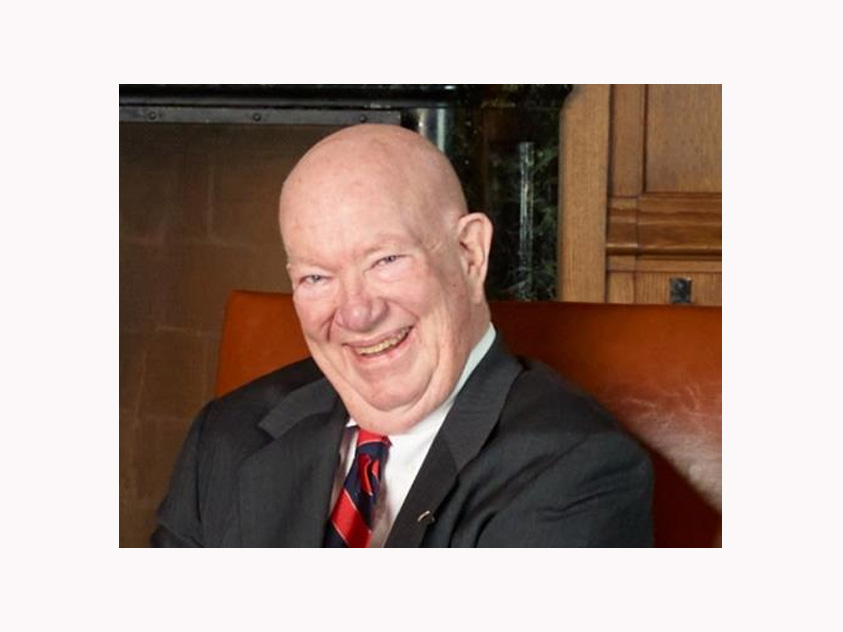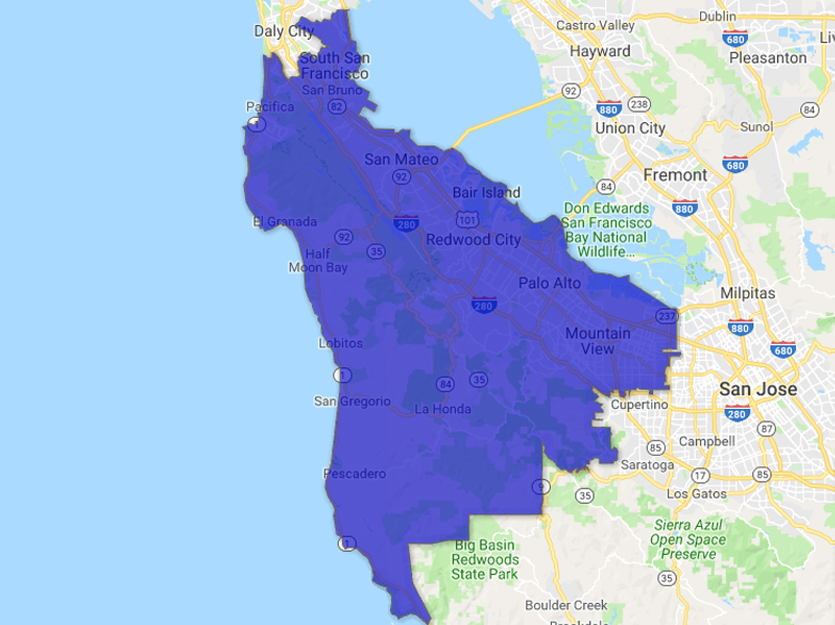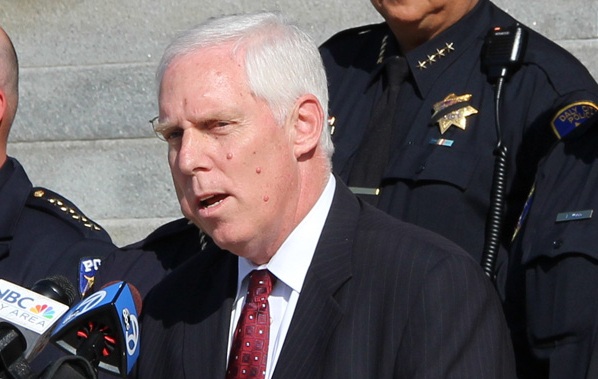Peninsula Insurance Executive, Business, Community Leader Mac MacCorkle Dies

Emmett Wallace “Mac” MacCorkle III, a respected businessman, insurance executive, Marine Corps veteran, and former president of the Bohemian Club, died March 2, 2019, in Montecito, Calif. He was 77.
An insurance broker for 50 years, Mac was the founder of MacCorkle Insurance Services in Burlingame, Calif. He was a Chartered Life Underwriter, the profession’s oldest standard of excellence for practitioners who provide clients with the security of life insurance and risk management. Mac was named “Man of Year, Peninsula Association Life Underwriters,” in San Mateo County in 1980. He sold the respected and popular insurance company that bears his name to his dedicated employees.
He retired to Santa Barbara in June 2018.
Mac was a larger-than-life figure, in spirit, personality, and physique. He bore a physical resemblance to Daddy Warbucks but possessed the warmth and charm of a spirited parish priest. He was a man with a common touch, yet an uncommon generosity of spirit. He was beloved by every person he met and treated everyone as if they were a member of his own family.
Mac was born in Virginia and raised in Portland, Oregon and San Marino, California where he graduated from San Marino High School.
He was an active alumnus of Cornell University where he met his wife of 54 years Carol Britton MacCorkle. Upon graduation, he was commissioned as a second lieutenant in the United States Marine Corps and served in Vietnam in 1966-1967.
Mac was a respected and beloved member of the Bohemian Club and served as its president.
He served as Chairman of the Dawn Redwoods Trust and was a member of the Board of the San Mateo Historical Society and Board of Regents of Bellarmine College Preparatory in San Jose. He was a past president of Cornell Club Northern California and a member of the Menlo Circus Club, Menlo Park, Calif.
In addition to his wife Carol, Mac leaves son Jeffrey of Beijing, China, son Steve of Los Angeles, daughter-in-law CJ Chen and grandchildren Christina, Aubrey, Quinn and Liam.
In lieu of flowers please make a donation to the Dawn Redwoods Trust, 1 Blackfield Drive, Suite 331, Tiburon, CA, 94920 or the MacCorkle Family Scholarship (Fund # 992612) at Cornell University, Cornell Office of Development, Attn: Advancement Services, 130 E. Seneca Street, Suite 400, Ithaca, NY 14850






